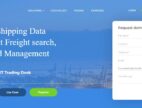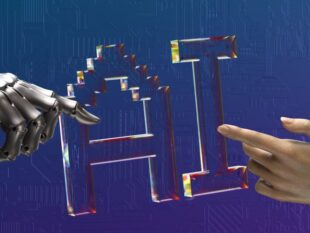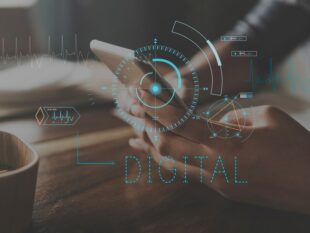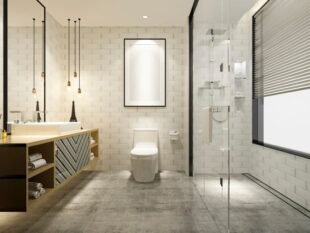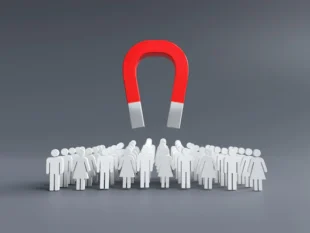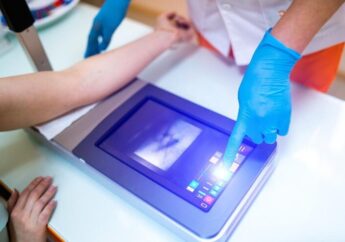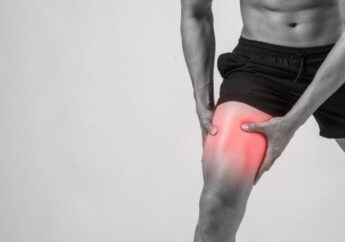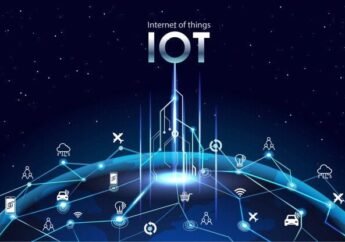Primary Care: Leveraging Telemonitoring And Remote Patient Monitoring For Proactive Care Management
by Arnab Dey Health Care Services 06 June 2023
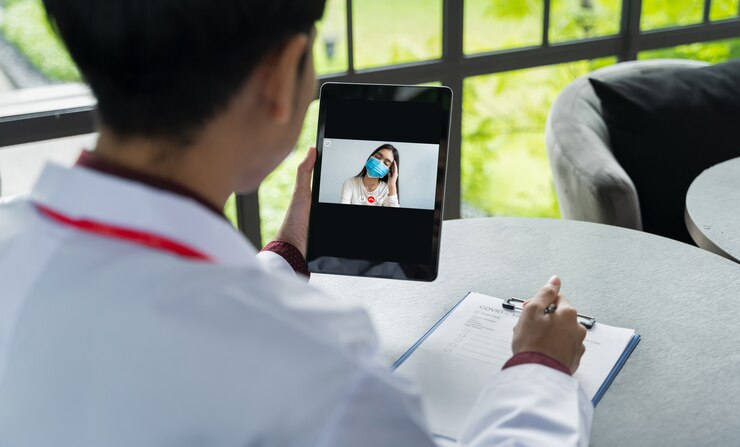
Health clinics are slowly adopting a new method to deliver healthcare to many patients.
The new method is known as RPM or Remote Patient Monitoring. This new method is slowly becoming a trend because it opens the doors for more accessible healthcare. In this article, we’ll explore what Remote Patient Monitoring is.
Simultaneously, we’ll understand how health units can leverage this technology for the betterment of patient care.
What is Remote Patient Monitoring?
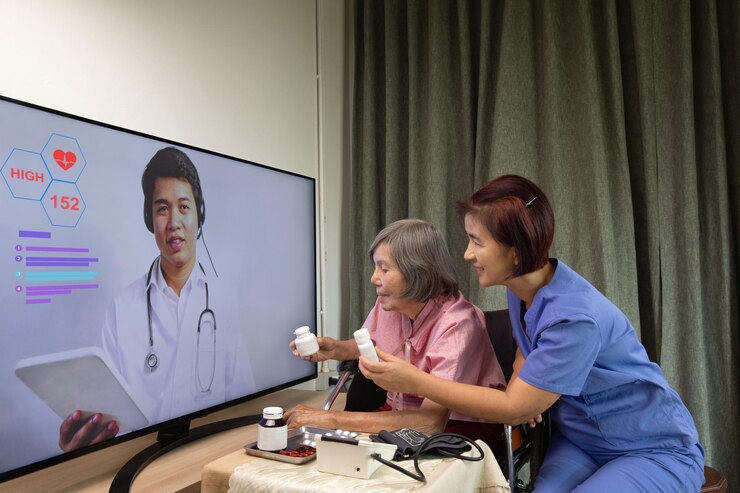
Before we can proceed further, let’s get to know what Remote Patient Monitoring is. RPM or Remote Patient Monitoring is best described as a means to deliver healthcare outside of traditional healthcare settings. In short, health clinics can now monitor their patient’s conditions outside of their facility through technology.
Having said that, let’s delve into some of the benefits of Remote Patient Monitoring:
1. Makes Room for Better Clinical Decision Making
The foremost reason families find a primary care doctor in their area for RPM is that it helps doctors make better clinical decisions. Through remote monitoring of the patient, doctors make better clinical decisions. That’s because the doctor can gather all the data needed such as changes in the patient’s health.
They’ll use this data to make strategic changes to the patient’s care plan if it’s needed.
2. Patients Will Follow Self-Care Plans Better
RPM opened the doors for better health care for people with chronic diseases. For instance, health clinics can check on a patient with a specific condition. From there, they can remotely send over readily-accessible tools so they can improve their condition.
3. Increases Net Patient Revenue
RPM also has given way to lesser care costs for health clinics. Because clinics now utilize a better workflow, staff are more productive and there are fewer admin costs. As a result, net patient revenue goes up. Additionally, RPM offers possibilities for reimbursement and gives clinics a competitive advantage over those not utilizing this technology.
4. Patient’s Expenses are Greatly Reduced
Compared to making trips to health clinics, a patient’s expenses are reduced with RPM. They’ll no longer have to put up with the inconveniences encountered while traveling. Said inconveniences range from traffic, parking, and the need to take time off work.
5. Better Health Care Access
Remote patient monitoring removes barriers to access to health care when needed. RPM can see greater use in patients that live in rural areas. Allowing them to connect to health specialists who are otherwise too far away to reach. RPM also paves the way to reduce appointment breaches.
6. No More Spreading of Hospital-Acquired Infections
The biggest perk of using RPM is that hospital-acquired infections will be prevented. Patients won’t have to visit clinics or hospitals where they can contract infections. The ones who will benefit the most from RPM are the elderly, pregnant, and people with weak immune systems.
While the list of benefits is extensive, these are some of the key advantages of remote patient monitoring. At this point, we’ll move on to the next section on how to leverage this technology.
How Can This Technology Be Leveraged?
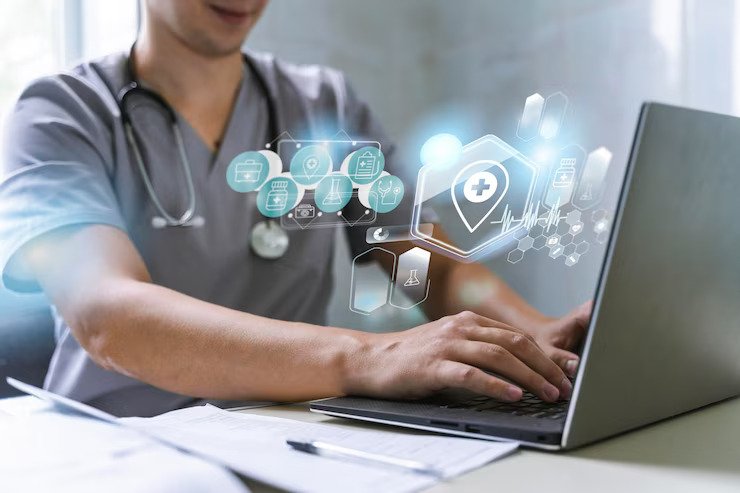
RPM technology has opened the doors for health clinics and hospitals to better monitor their patients. While it is not a new concept, it is starting to gain more momentum these days. Here are the ways in which remote patient monitoring can be leveraged:
1. Care Management
Introduce remote patient monitoring as a means to manage various conditions such as the following:
- Cardiovascular Conditions. Patients will have to wear a monitoring cuff on their wrists. This monitoring cuff will allow the health clinics to take readings of their blood pressure. The moment they’re done making a reading, the data are sent to the electronic health records.
- Diabetes. Glucose monitors read the patient’s blood sugar levels in real-time. Health clinics can then use the currently presented data at the time of reading to update records.
- Weight Monitoring. Through the use of Bluetooth-enabled “smart scales”, it’s easier to track the patient’s current weight. These smart scales are often attached to wearable fitness devices such as smartwatches with a pedometer.
- Pulmonary Conditions such as Pneumonia. In RPM, health clinics can give patients photoplethysmography and respiratory force sensors. These two devices will keep an eye on any changes in the patient’s respiratory health.
2. Proper Implementation
The best way to ensure that RPM is integrated into your health clinics is through patient education. You will need to walk through the patient operating the device during an appointment. Make sure that they have a written version of instructions for future use.
Next, you’ll need to tell your patient what type of readings the device can provide them. Instruct them on how the information provided can be sent to your clinic.
Finally, encourage patients to ask any questions they may have and maintain open lines of communication. Be open to any questions that they may ask in regards to using the devices.
Implement RPM in your Practice Now!
If you aim to increase productivity in your hospital or health clinic, then implementing RPM is a step in the right direction. Remote Patient Monitoring has made it easier for health providers to keep an eye on their patient’s health. Checking the patient’s health even if they’re not in the medical facility is a big boon for both sides.
Not only will the patient avoid unnecessary travel to your hospital. Once the patient has a monitoring device on them and is briefed on it, they’re good to go. The monitoring devices they use can directly transmit data to their health records. So, what are you waiting for? Give RPM a chance in your health center!
FAQs
1. Why Do We Need to Brief Patients First on Using RPM Devices?
To ensure optimal use and experience of the RPM device, patients need to be educated about its functioning. The doctor must guide them on how to operate and utilize the device. Furthermore, depending on the device, they will instruct patients on how to transmit data to their health clinics.
2. Why is it essential for doctors to maintain open contact channels for RPM-related queries?
Aside from asking general use questions for the devices, it also gives way to troubleshooting. Should the RPM devices that the patient uses be faulty, the doctor could provide them with a brief solution. This could also pave the way to replace a malfunctioning device with a functioning one if necessary.
Read Also:






